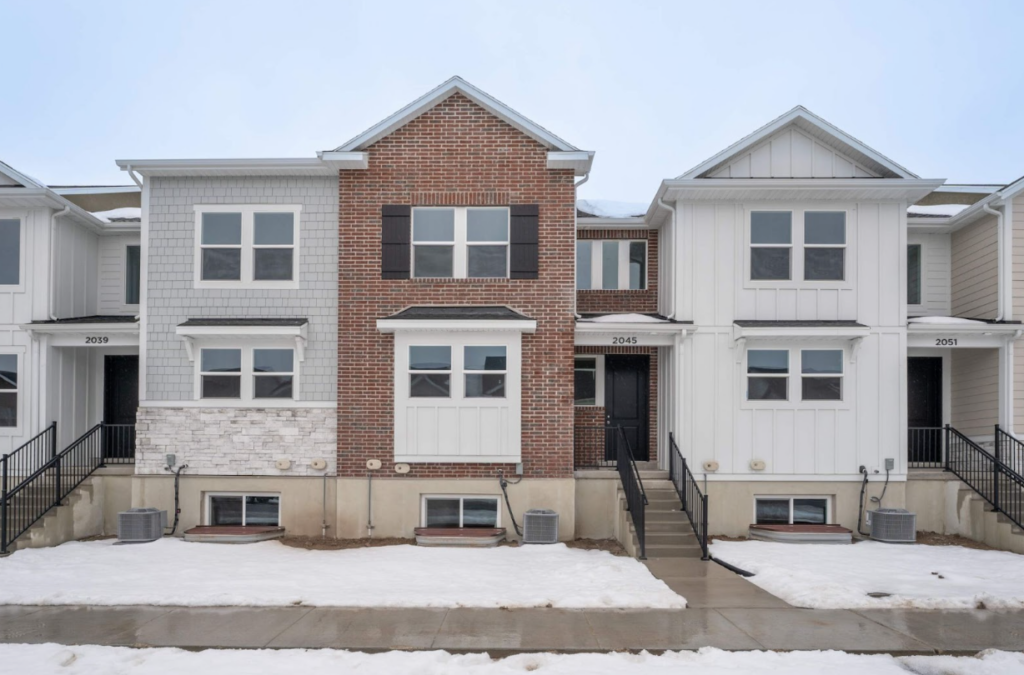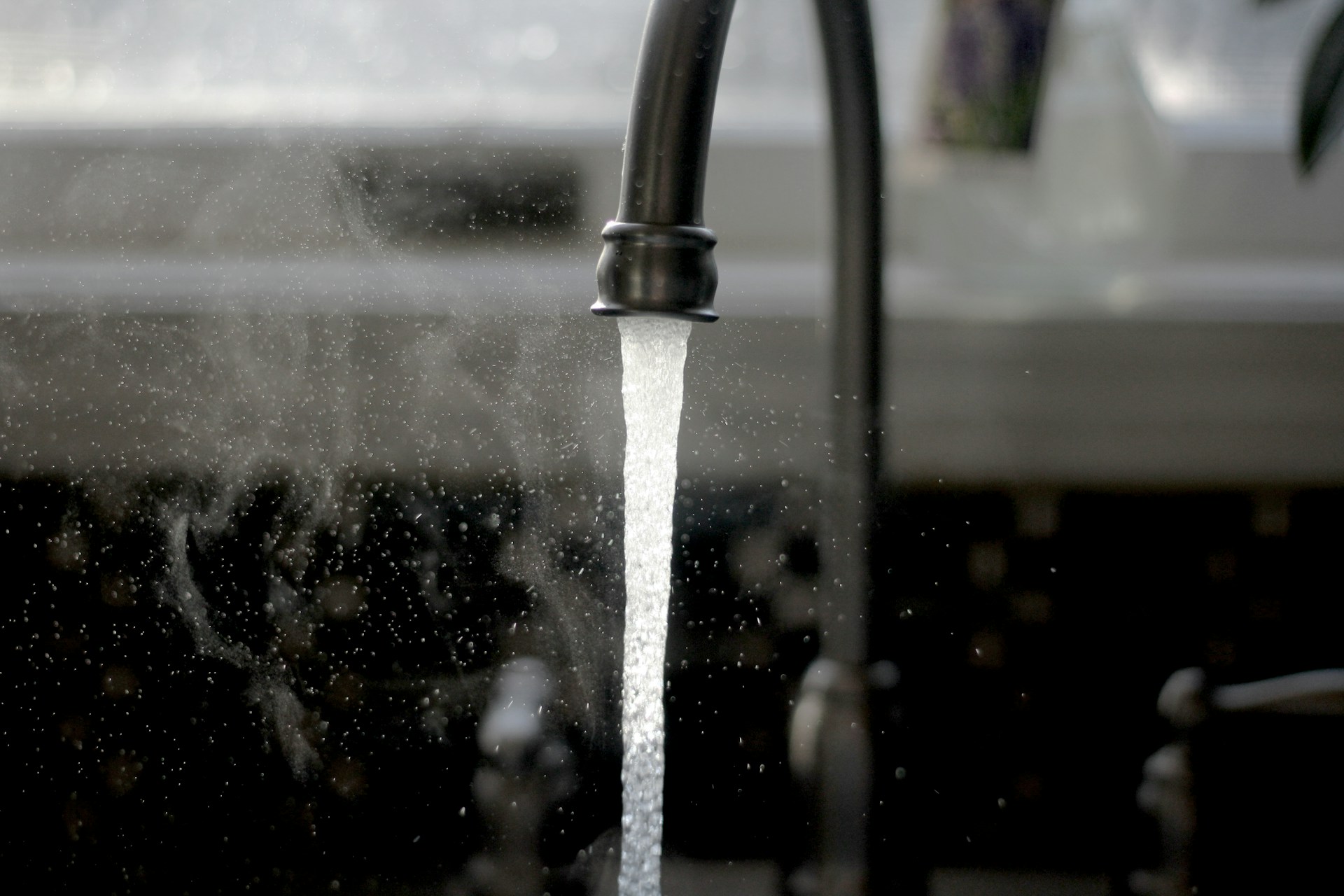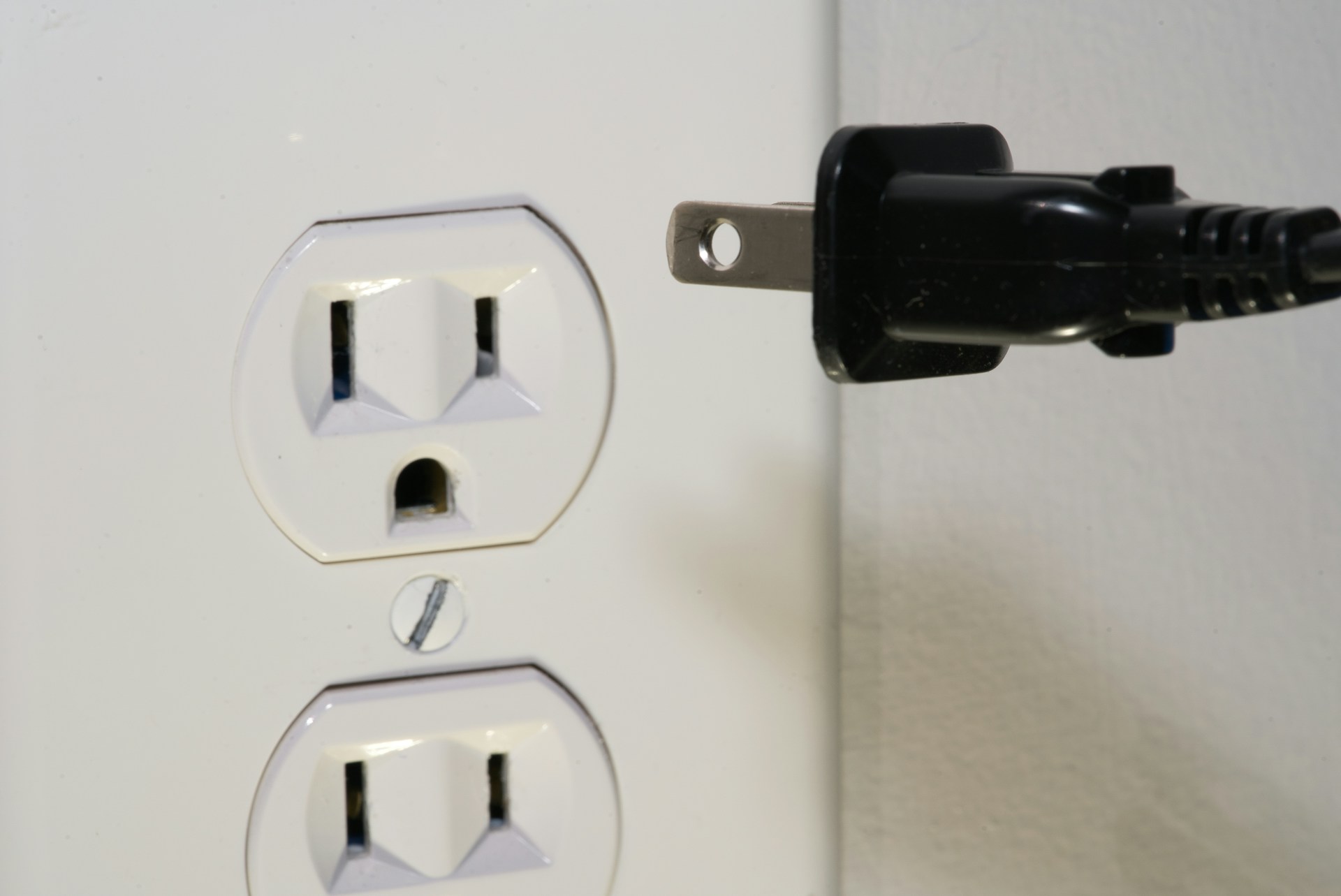- Address
- Headquarters & Design Studio
- Let’s Talk
- Office 801.494.0150

Whether we’re expecting six more weeks of winter or an early spring, it’s about time to start thinking about de-winterizing homes. If you’ve never had to de-winterize a house before—perhaps you’re new to Utah, new to winterizing, or are returning after a while away—it’s important to remember that de-winterizing your home is just as important as winterizing it in the first place.
While the process is simple—just reverse everything you did to winterize it—it shouldn’t be rushed or taken lightly. There are a few things to keep in mind to ensure you’ve de-winterized your home safely and haven’t caused any damage. Hey, maybe you weren’t the one to do it all in the first place!
In any case, here’s our comprehensive guide on how to de-winterize a house.
The following are typical winterizing must-dos so you can refer to them easily:
In general, the goal of winterizing is to prevent water freezing, pipes bursting, plumbing leaks, lower energy costs, and prepare a house for vacancy during potentially extreme, cold weather. As an extra precaution, some homeowners put a bit of antifreeze in toilets, sinks, tubs, and tanks.
So, now that you know the basics of winterized homes in Utah, you can properly set out to de-winterize your home.

Note: this process will take anywhere from 30 minutes to a little over an hour depending on your skill level and task familiarity.

While you’re in the thick of de-winterizing your home, it’s the perfect time to check your roof and gutters and clean out any debris. You don’t want to have to deal with any clogs or flooding as snow melts and foliage blooms.
Remember to reprogram your thermostat and any timers or alarm systems—though you may have left alarms and security cameras operational for safety reasons. Reset your clocks, resume mail delivery if you had that halted, and with that, you’ve successfully de-winterized a house! You’re now ready to get back in and settled.
Same time next year? See you then!
SCHEDULE A VISIT